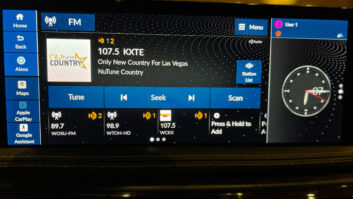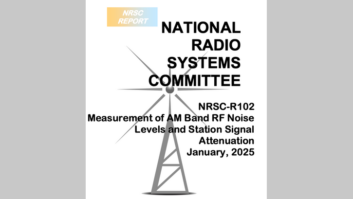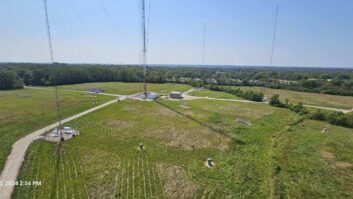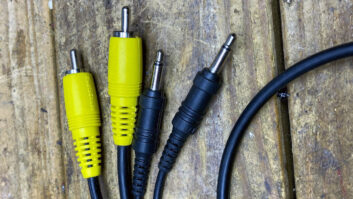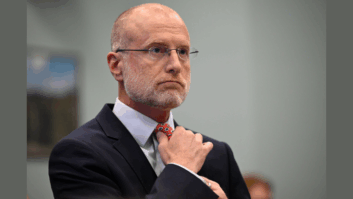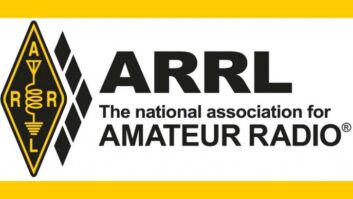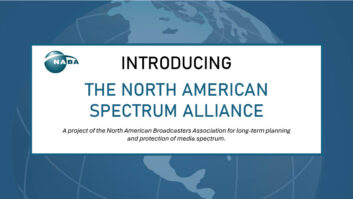Two important reports are coming out of CEA/NAB from the NRSC by the end of the month.
In NAB’s case, their technical people are preparing for next week’s board meeting and also working on an update of the big Engineering Handbook.
The AM Subcommittee wanted to test some 30 receivers to see what the optimum audio transmission bandwidth should be (as opposed to the 10 kHz it is now) to see if the NRSC standards for AM need to be modified. We’ve reported that some broadcasters, including Clear Channel, have reduced their AM transmission bandwidth to 5 or 6 kHz in an effort to reduce interference in the band.
Testing was conducted with a variety of interferors, to simulate real-world first-adjacent channel interference, for example.
Sources tell me NPR Labs John Kean and Dr. Ellen Sheffield, now working part-time for NPR Labs in addition to her university employment, headed up the project. They conducted a study to see if consumers noticed or had a preference from the current 10 kHz to 7 kHz or to 5 kHz.
The results were dependent on program content, we’re told. In general, people were more annoyed by interference than by bandwidth reduction; and in some cases, listeners couldn’t tell the difference, sources said.
The other report involves the surround sound “educational report,” as the task group on this topic is now calling it. We reported earlier the big tussles over whether or not to compare the Dolby, SRS, Neural and Fraunhofer systems.
In order to keep the group going and get something out of the efforts, participants ultimately decided not have a shootout to pick the best system compatible with either analog or with HD Radio, especially at lower bit rates. Things like the lack of a standard for testing multipath derailed this activity, we hear. Although how the various surround systems could react in a reduced bit-rate environment is discussed in the document, some participants felt more could have been learned in this area.
As with any large committee, some participants felt more could have been accomplished; others say the compromise document will be useful. The process was said by various sources to be contentious.
Ultimately the result has been a document describing the basics of each surround system and how it might be implemented in a facility, from the simple to the complex — read that as “cost-effective” to “expensive.” It discusses cross-compatibility, or what might happen if a station encodes a signal using one brand of surround sound but someone’s receiver is set to decode another system.
The task group is now on hiatus.

